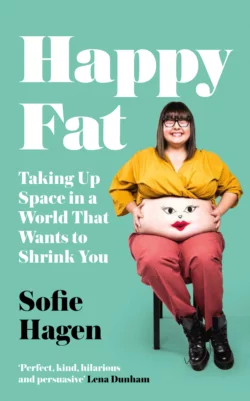Happy Fat: Taking Up Space in a World That Wants to Shrink You

Sofie Hagen
Тип: электронная книга
Жанр: Юмор и сатира
Язык: на английском языке
Стоимость: 1566.82 ₽
Статус: В продаже
Издательство: HarperCollins
Дата публикации: 16.04.2024
Отзывы: Пока нет Добавить отзыв
О книге: A searing and impassioned debut from comedian Sofie Hagen – who urges us to fight back and reframe our toxic relationships with our bodies.Sofie Hagen has always been fat. But after years of struggling with her body image and subjecting herself to countless diets, Sofie began to question the incessant body shaming and internalised fatphobia that she had always taken for granted. She started to worry less about fad diets and impossible beauty ideals and began to challenge the origins of these deep-seated aspirations.Happy Fat is a response to this exploration: part-memoir, part-social commentary, Sofie describes how she conquered a negative relationship with her body and provides practical tips for readers to do the same – drawing wisdom from fat liberation champions along the way.Covering topics from shame and sex to airplane seats, love and getting stuck in public toilets, Happy Fat shows us how taking up space in a culture that is desperate to reduce you can be radical and emboldening.Happy Fat is a celebration of the fat body: an agenda-setting call to arms to re-evaluate our current beauty standards and how we define our self-worth.